Exploring the Intricacies of Mining Vocabulary and Terminology in the Industry
Introduction to Mining Vocabulary
The mining industry is vast and complex, encompassing a broad range of activities from exploration to extraction. Each of these activities has its own set of terminology, which can be bewildering for newcomers and even seasoned professionals. Understanding this vocabulary is crucial for effective communication and safety within the sector. This article delves into the intricacies of mining vocabulary and terminology, providing insights into its importance and usage.
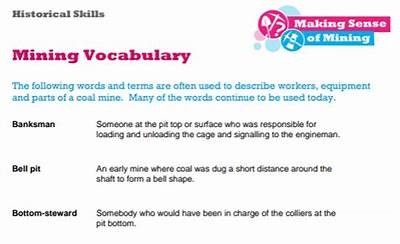
The Evolution of Mining Terms
The terminology used in mining has evolved significantly over the years. From the early days of mining, when terms were based on rudimentary understanding and resources, to modern mining, which is heavily influenced by technology and environmental considerations, the lexicon has expanded. Certain words and phrases have historical significance, while others have emerged to address contemporary challenges such as sustainability and mineral rights.
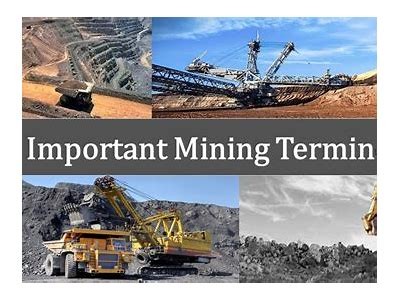
Common Mining Terms
There are numerous terms that are fundamental to the understanding of the mining industry. These include:
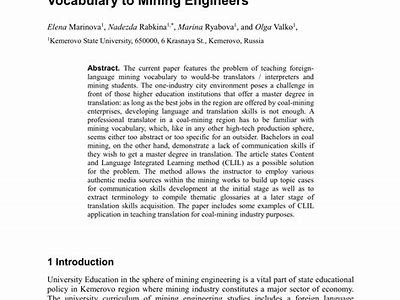
- Ore: A natural material from which a valuable commodity can be extracted.
- Extraction: The process of removing mineral resources from the earth.
- Overburden: The soil and rock that must be removed to access the underlying mineral.
- Tailings: The waste materials left after the extraction of valuable minerals.
- Drilling: A method used to access mineral deposits underground.
Technical Vocabulary in Mining
Beyond basic terms, the mining industry also employs a range of technical vocabulary. Terms related to geology, engineering, and environmental science are essential for professionals in the field. Understanding these terms enables better collaboration and innovation. For example, knowing the difference between 'cut-off grade' and 'head grade' is vital for evaluating ore profitability.
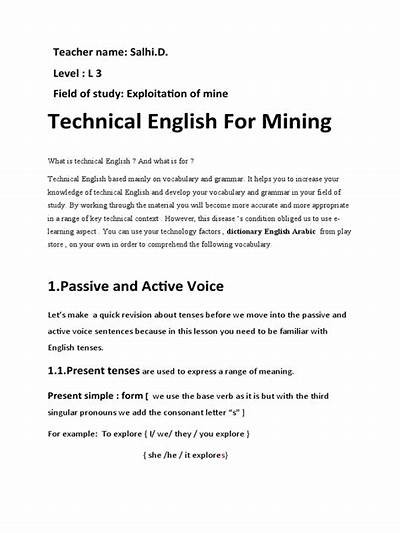
The Importance of Safety Terminology
Safety is a fundamental concern in the mining industry, and specific terminology has developed to address this aspect. Common safety terms include:
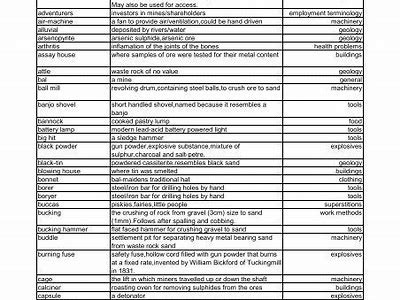
- PPE (Personal Protective Equipment): Equipment worn to minimize exposure to hazards.
- MSHA (Mine Safety and Health Administration): A US agency responsible for enforcing safety regulations.
- Hazard Assessment: The process of identifying and evaluating potential risks in the mine.
Understanding safety terminology is non-negotiable in creating a safe work environment.
The Role of Technology in Mining Vocabulary
With advancements in technology, new terminology has emerged in the mining sector. Terms such as 'automation', 'drone surveying', and 'data analytics' are increasingly prevalent. These terms reflect the industry's shift towards more efficient practices and innovative solutions. Familiarity with this vocabulary is essential for professionals who wish to stay relevant in a rapidly changing environment.
Challenges in Mining Vocabulary
One of the main challenges faced in the mining industry is the diversity of terms used across different regions and cultures. For instance, the same term may have different meanings in various parts of the world. This can lead to miscommunication and potentially serious consequences. Hence, standardization efforts are crucial. Initiatives by industry bodies aim to create a common vocabulary that can be uniformly understood.
Conclusion
Mastering the vocabulary and terminology associated with the mining industry is essential for effective communication, safety, and operational success. As mining continues to evolve with technological advancements, so too will its lexicon. Continued education and engagement with the industry's vocabulary will help professionals navigate its complexities, ensuring better collaboration and results.
Future of Mining Terminology
Looking ahead, the terminology of mining is likely to adapt further as new challenges arise, such as climate change and shifts in market demand. The emergence of new technologies will continue to contribute to the lexicon, making it imperative for industry professionals to stay updated. Continuous learning and adaptation will be key in maintaining proficiency in mining vocabulary and ensuring the industry's sustainable future.
References and Further Reading
To augment understanding of mining vocabulary, several resources can be consulted, including industry journals, mining operation manuals, and professional training programs. Engaging with these materials can enhance knowledge and aid in the effective application of mining terminology in real-world situations.
Tags
Mining Terminology, Industry Vocabulary, Mining Safety, Technical Mining Terms, Mining Technology, Professional Development ```